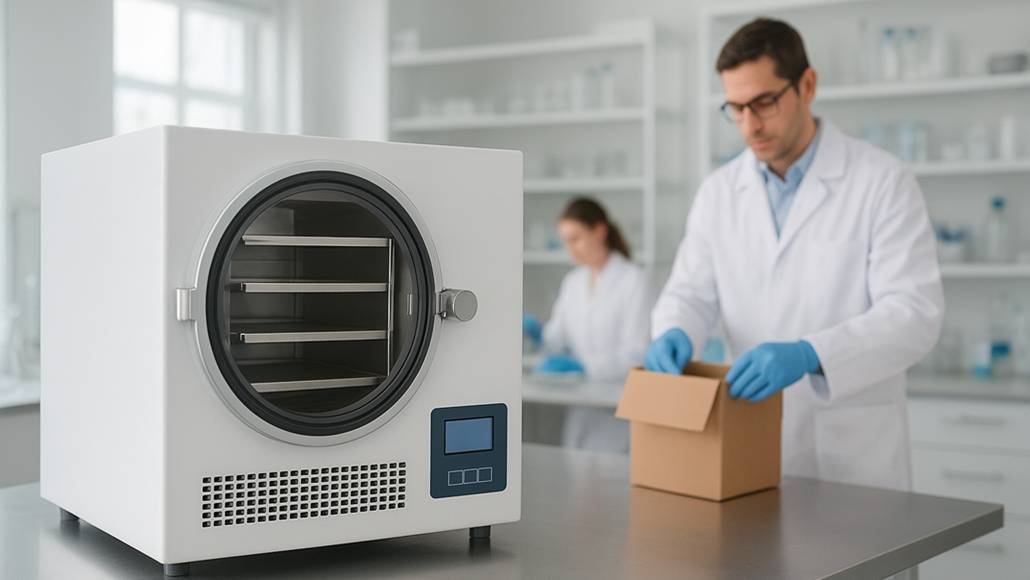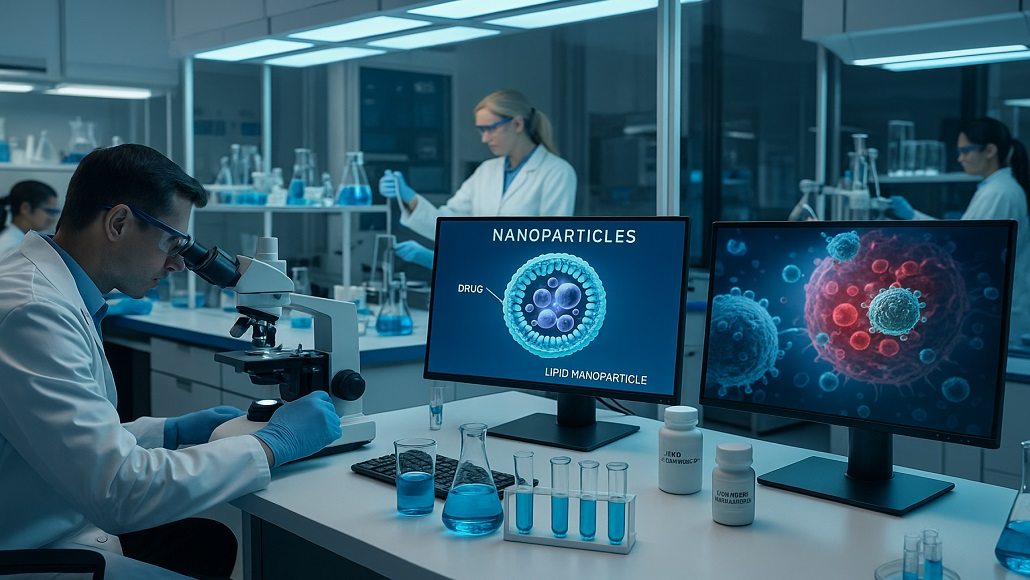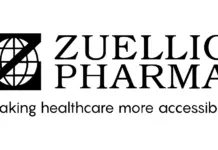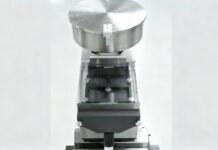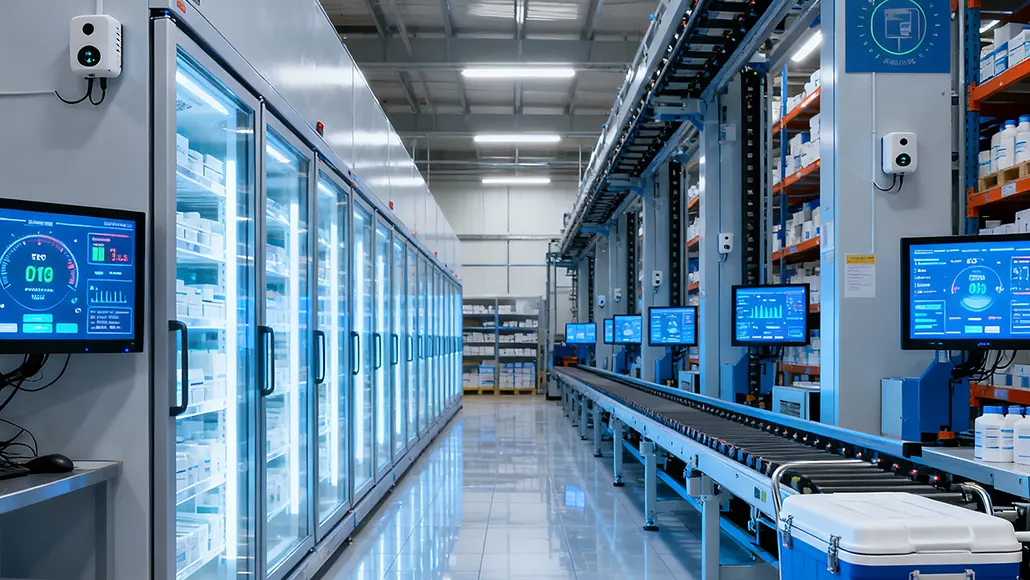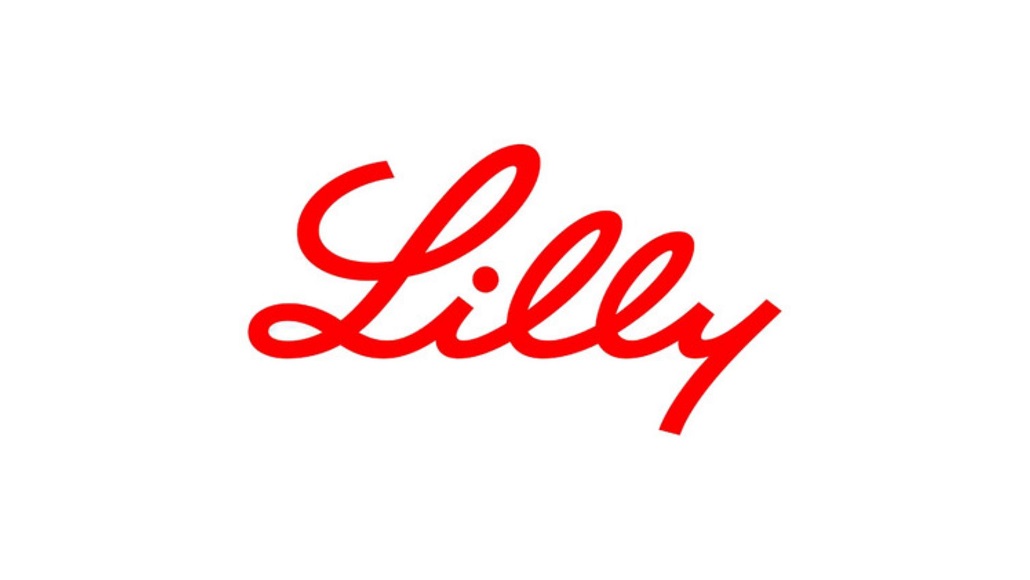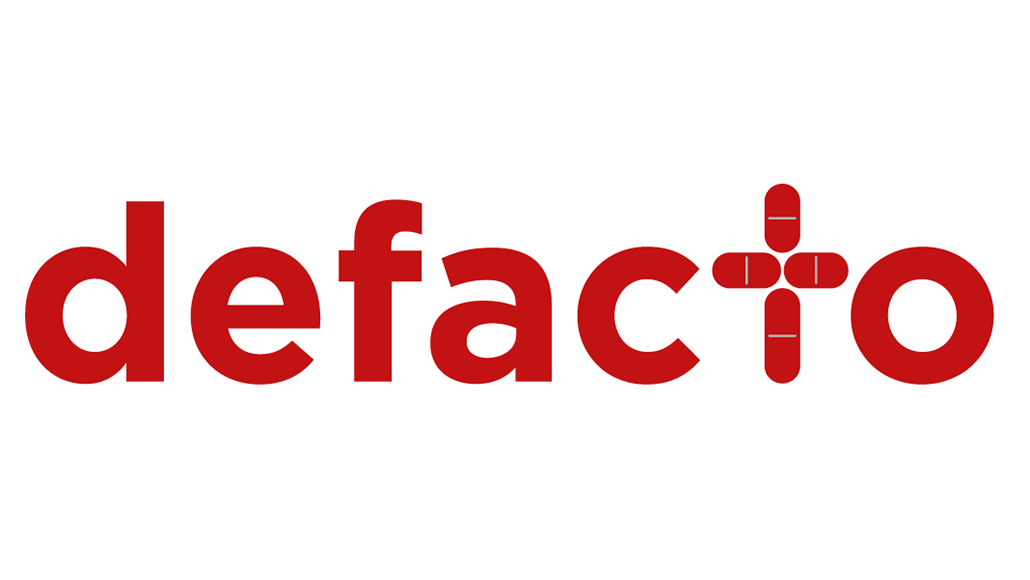Biobeat report predicts CDMOs in China & USA to see fastest growth – with mAbs, PROTACs, ADCs & sterile filling in demand
AI’s VC funding success is a drag on returning capital for biotech
New analysis from part one of De Facto’s Biobeat Report released ahead of CPHI Frankfurt – the world’s largest CDMO gathering – shows the global outsourcing market has demonstrated remarkable resilience, with higher growth ahead predicted for mAbs, PROTACs, and C> in 2026. In terms of geographic locales, China and the USA look best placed to capitalise in the medium term, with India cooling its growth from last year, and Europe remaining more neutral in outlook.
The annual analysis is provided by Brian Scanlan – Executive Advisor, Edgewater Capital; Managing Partner, Freedom Bioscience Partners – and draws together data points from across venture capital (VC) funding, IPOs, licensing, as well as M&A and discovery pipeline to provide a macro view outlook for CDMO growth in 2026, and the best areas to invest resources.
China has shown remarkable growth in its innovative biopharma R&D pipeline and with BIOSECURE’s market impact now in question, CDMOs here will benefit from both continued Western customers and a very strong domestic market. Conversely, with big pharma buildouts in the United States to take many years, CDMOs with commercial manufacturing assets here are also likely to see above market growth – particularly for higher margin products like mAbs, ADCs, RNAi and PROTAC as well as for aseptic filling.
In development, CDMOs in the U.S., EU, and India are expected to see rising demand from Western innovators. However, Western CDMOs may face increasing pricing pressure from drug pricing reforms, while Indian CDMOs are likely to retain stronger pricing leverage and remain well positioned.
A continued market challenge lies in biotech VC fundraising, which remains down 92% year-on-year[i], with much of the available capital flowing into AI rather than early-stage biotech. Although the now confirmed $50 billion NIH funding programme [provided via the LHHS bill][ii] should help ease some bottlenecks, anaemic IPO activity means biotechs are increasingly turning to M&A and licensing deals—a trend that big pharma has embraced, with China-based biotechs are now accounting for over 40% of total upfront licensing value.
The report also shows that global outsourced commercial manufacturing demand remains stable, sustained by consistent new drug launches, and CDMOs focused predominantly in clinical and commercial phase services have performed better in 2025. Looking ahead, while a few very large CDMOs have benefited from significant GLP-1 revenues, oncology appears to offer greater growth potential for mid- and small-scale CDMO providers. Overall, for CDMOs focused on clinical activities, demand remains stable, with the report forecasting a return to higher growth over the next year.
“My advice to CDMOs is to evaluate how their capabilities align with emerging industry needs by following drug substance and drug product trends from early preclinical through early clinical development,” added Scanlan. “CDMOs that differentiate through technology, equipment, and analytical expertise – particularly in RNAi, ADCs, PROTACs, and multi-specific antibodies – will be well positioned. Smaller CDMOs may even hold an edge through niche specialisation.”
Significantly, as demand continues to recover, so will CDMO performance, thus driving more exit activity for PE’s with portfolios that are ‘bursting at the seams’. The leading indicator will be investment bank pitch volume, and there are now indications of positive movement here, particularly among the mid/large cap CDMO’s in the $500M->$1Bn range.
Taking a holistic view of the report’s overall picture, Alex Heeley, Managing Partner at De Facto, commented “Reading between all of Brian’s data points to make a single macro conclusion ahead of the market curve: my view is that AI assets are overpriced. When — not if — there is a correction in this market (80% of this year’s share growth is from AI, which is clearly ‘bubble territory’) capital will loosen for biotech. The medium-term CDMO winners, indication-specific examples aside, will be those that can advance biotech to Phase IIb fastest, as that’s when a sale becomes more profitable.
“The interesting part for me, as competition for opportunities increases, is whether CDMOs have adapted to the technologies emerging from the pipeline — PROTACs, oral peptides, tri-specifics, ADCs, and so on — and whether they’ve gone to market successfully with these capabilities. And conversely, has biotech started planning early enough to find its ‘sweet-spot customer’? If it were me, I’d be trying to tie down my partners right now at CPHI, as there are a lot of options out there.”
Download the full Biobeat report here and a detailed video analysis of the findings will be released live on the channel from CPHI Frankfurt



